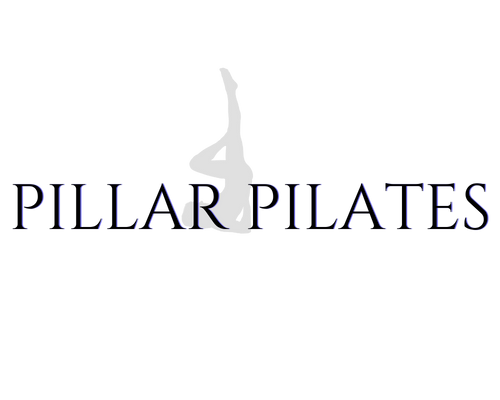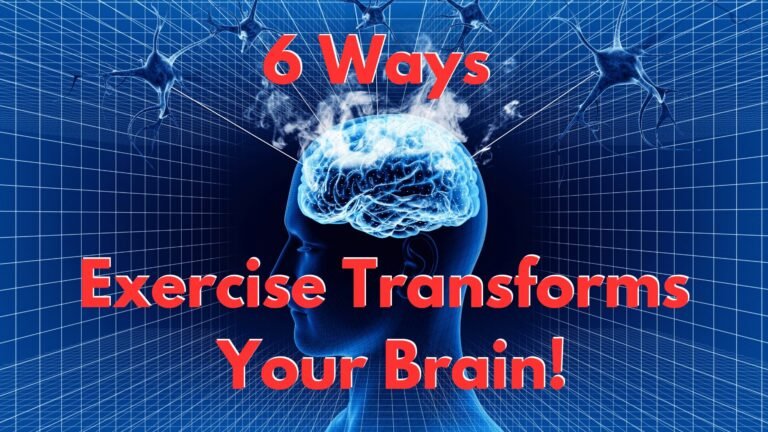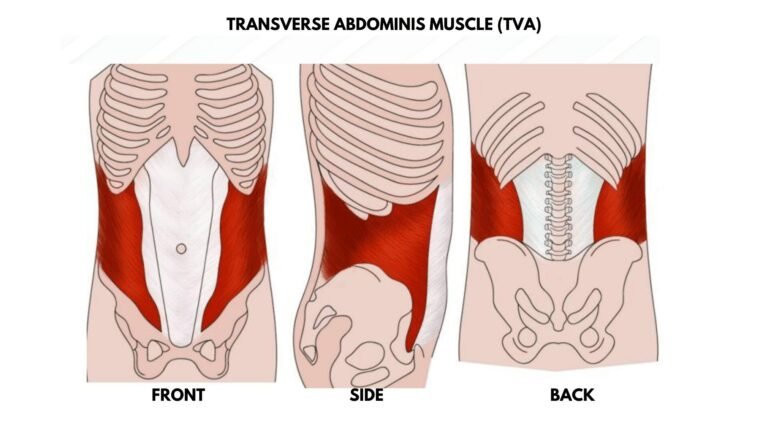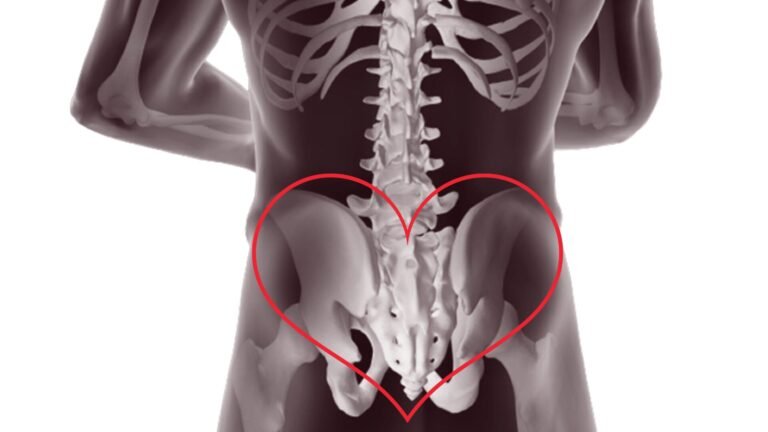
Have you ever noticed how some exercises feel more effective when you really concentrate on the muscle you’re working? This isn’t just in your head – it’s a real phenomenon known as the mind-muscle connection. By focusing your attention on specific muscles during your Pilates exercises, you can enhance their activation, leading to more effective and satisfying workouts. In this post, we’ll explore how this works and share tips on how to harness the power of mental focus to boost your Pilates practice.
Neuromuscular Activation
- Enhanced Neural Drive: When you concentrate on a specific muscle, you increase the neural drive to that muscle. Neural drive refers to the signals your brain sends to your muscles to contract. By focusing mentally, you can amplify these signals, leading to more efficient and stronger muscle contractions.
- Motor Unit Recruitment: Muscles are made up of motor units, which consist of a motor neuron and the muscle fibers it controls. By focusing on a muscle, you can improve the recruitment of motor units within that muscle. This means more muscle fibers are activated, leading to a more effective and targeted contraction.
Improved Muscle Activation
- Increased Muscle Fiber Engagement: Mental focus can help engage more muscle fibers within the targeted muscle. When you consciously think about the muscle you are working, you can achieve a deeper contraction because you’re not only using the muscle but also engaging more of its fibers.
- Better Form and Technique: Concentrating on the muscle you are targeting can help improve your form and technique. Proper alignment and technique are crucial in Pilates to ensure the right muscles are being worked. Mental focus helps you maintain correct posture and alignment, reducing the risk of compensatory movements that might engage other, non-targeted muscles.
Psychological Factors
- Mindfulness and Body Awareness: Pilates emphasizes mindful movement and body awareness. By focusing on the muscle being worked, you become more attuned to your body’s movements and sensations. This mindfulness can enhance your overall exercise experience and effectiveness, making each repetition more purposeful and controlled.
- Enhanced Motivation and Effort: Mental focus can also boost motivation and effort during exercises. When you concentrate on a specific muscle, you may be more motivated to push yourself and exert the necessary effort to fully engage that muscle, leading to better results.
Practical Application To practically apply the mind-muscle connection during a Pilates exercise, follow these steps:
- Visualize the Muscle: Before starting the exercise, visualize the muscle you intend to target. Imagine it contracting and working throughout the movement.
- Feel the Muscle: As you perform the exercise, concentrate on the sensations in the targeted muscle. Feel it stretch, contract, and engage with each movement.
- Slow and Controlled Movements: Perform the exercises slowly and with control. This allows you to maintain focus on the muscle and ensures that you are using it effectively.
- Use Cues: Use verbal or mental cues to keep your focus. For example, if you are doing a leg lift, think “lift with the glutes” or “squeeze the inner thighs.”
By incorporating these techniques, you can enhance the effectiveness of your Pilates workouts, ensuring that you are maximizing muscle activation and achieving better results.
Conclusion: The mind-muscle connection is a powerful tool that can transform your Pilates practice. By simply directing your focus to the muscles you’re working on, you can achieve deeper activation and more effective workouts. Try incorporating these tips into your next session and experience the difference for yourself. Happy Pilates!



